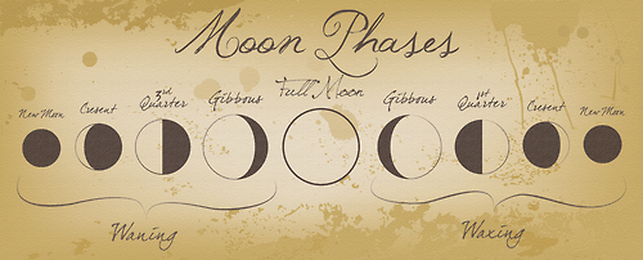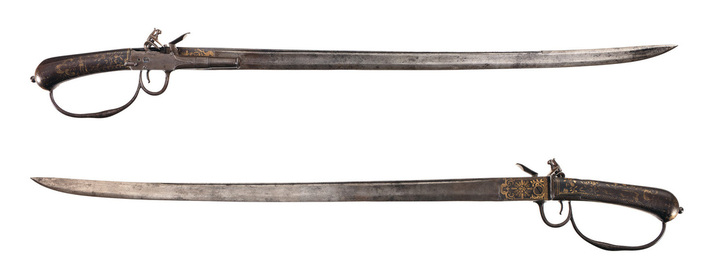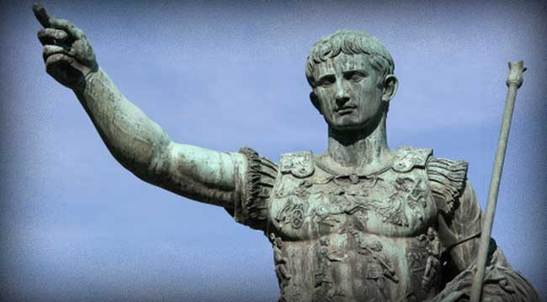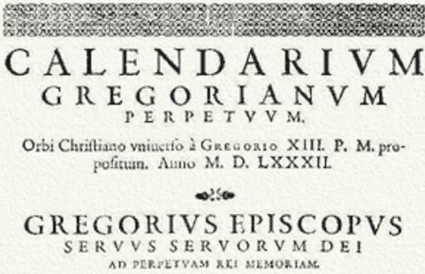Cheers
- In the US: an expression used in celebration, usually when clinking glasses together
- In the UK: an expression of gratitude
Alright
- In the US: an inquisitive gesture
- In the UK: a greeting
Cheeky
- In the US: disrespectful in speech or behavior
- In the UK: behaving in a bold or rude manner, but in a funny way
Tutor
- In the US: someone who helps you with your homework
- In the UK: a formal instructor
Jumper
- In the US: Someone standing on the edge of a building prepared to jump
- In the UK: Sweater






 RSS Feed
RSS Feed